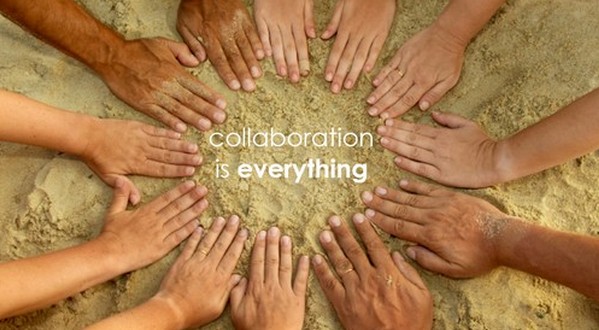Hearing
and Listening, though synonymous, are completely different things. Hearing
refers to the sounds that you hear, whereas listening requires more than that:
it requires focus. Listening means
paying attention not only to the story, but how it is told, the use of language
and voice, and how the other person uses his or her body. In other words, it means being aware of both
verbal and non-verbal messages. Your
ability to listen effectively depends on the degree to which you perceive and
understand these messages.
Listening
is not automatic.
It
takes practice.
It
takes intention.
It
is a skill — one that is capable of being not only honed, but lost.
Listening
is key to all effective communication, without the ability to listen
effectively messages are easily misunderstood – communication breaks down and
the sender of the message can easily become frustrated or irritated.
Listening
is so important that many top employers provide listening skills training for
their employees. This is not surprising
when you consider that good listening skills can lead to: better customer
satisfaction, greater productivity with fewer mistakes, increased sharing of
information that in turn can lead to more creative and innovative work.
Here
are ten useful tips that can help you become a good listener:
1.
Take time to listen. Obviously there are
times when you're busy for extended discussions. But you need to set aside times when you can
listen carefully to employee's problems, reactions, concerns, and suggestions.
2. Let employees know that you're
approachable. Adopt an "open
door" policy. That is, communicate
your willingness to hear what employees have to say. Demonstrate that it's safe to talk to you.
3. Put the other person at ease. Give them space
and time and "permission" to speak their peace. Watch how you look at them, how you stand or
sit, it makes a huge difference. Relax, and let them relax as well.
4. If people don't come to you, go to them. Some employees may take advantage of your
"open door" by approaching you with their concerns. Others will be reluctant to do so, for any of
f variety of reasons (shyness, fear of being judged, unwillingness to complain
about others, and so on).
5.
Set-up multiple means, both formal and informal, for communicating with
employees. Some employees are
comfortable talking face to face. Others
would rather send a note by email. Some
will speak up during a formal team meeting.
Others will reveal their concerns only in casual conversations around
the snack machine. Make multiple
possibilities available so that you hear from everyone.
6. Pay attention to nonverbal signals: tone,
vocalizations (such as "um," "uh," laughs, and sighs), body
postures, and gestures. Often a person
will say one thing but signal nonverbally that the true meaning is
different. For instance,
"okay" said with a deep sigh does not really mean "okay."
7.
Remove distractions. Good listening means being willing to stop working
computer, close a door, stop reading your email, or only answer emergency
calls.. Give the speaker your full attention, and let them know they are
getting your full attention.
8. Avoid anticipation. Don't jump to conclusions or assume that you
understand a person's comment before he or she has finished talking. You may misunderstand, or you may discourage
people from saying what they truly mean.
9. Suspend judgment. Don't decide on the spot whether the speaker
is right or wrong. Wait until you have a
chance to think the matter over.
10.
Use active listening techniques. Active
listening mean taking an active part in the conversation to make sure you are
grasping fully what the speaker is trying to say. Active listening involves techniques such as
these:
- Attending. Focusing closely on
the speaker and maintaining eye contact.
- Paraphrasing. Repeating what the
speaker has said in your own words, giving him or her an opportunity to
correct you if you have misunderstood: "You're saying that the
procedure seems too complicated, is that it?"
- Summarizing. Offering an occasional summary of the
main points made so far: "Let's see, you've mentioned three
problems…"
- Interpretation checking. Stating your interpretation of what the
speaker is conveying – both ideas and feelings – and asking if you're
correct: "It sounds like you're upset that you didn't get earlier
feedback on you handling of this project, is that right?"
- Using clarifying questions. Asking questions that attempt to make a
point clearer or more explicit:
"Are your suggesting we change our procedures?"
- Using probing questions. Asking questions that encourage the
other person to expand or elaborate on what was said: "I think I see
the problem, but why do you think it happened?"
Good
listeners become good communicators.
They understand the importance of speaking clearly in an easy to
understand manner. When it's hard to
interpret what you mean, you greatly increase the chances of a misunderstanding.
Many
successful leaders and entrepreneurs credit their success to effective
listening skills. Effective listening is a skill that underpins all positive
human relationships, spend some time thinking about and developing your
listening skills – they are the building blocks of success.













